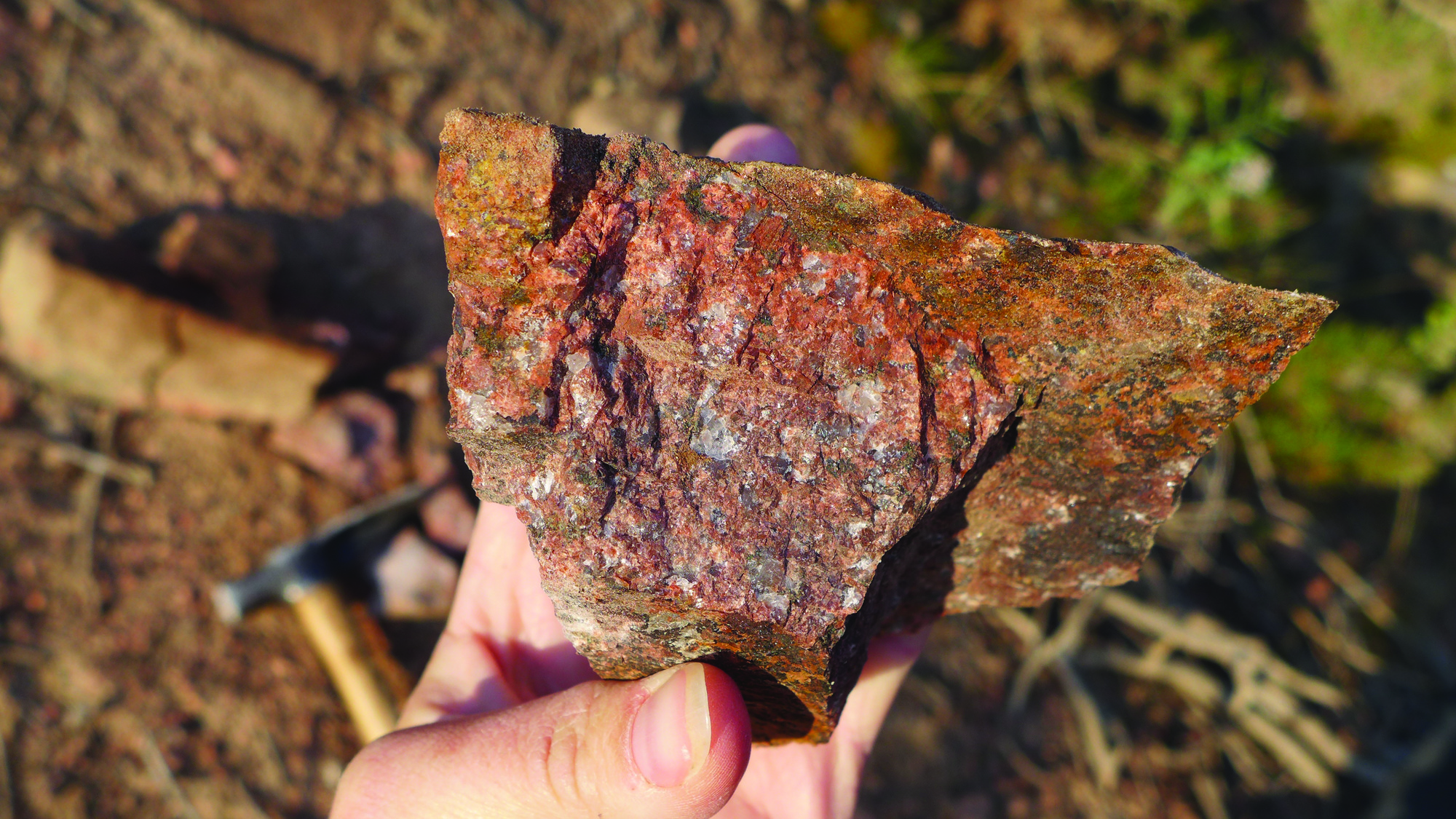NEWS RELEASE: New Tool to Evaluate Wyoming's Mineral Resources
Wyoming State Geological Survey sent this bulletin at 04/23/2019 08:51 AM MDT
April 23, 2019
******FOR IMMEDIATE RELEASE******
Media Contact:
Christina George
(307) 766-2286 x231
christina.george@wyo.gov
New Tool to Evaluate Wyoming’s Mineral Resources
The Wyoming State Geological Survey (WSGS) has developed a new spatial tool to assess mineral resources throughout Wyoming. The tool takes advantage of a large dataset of historical geochemical analyses and uses big-data analytical techniques to estimate known and potential areas for 48 different elements statewide.
The computer model behind this tool is detailed in a new report, Regional-Scale Geochemical Investigations from Legacy Rock and Sediment Datasets. The report is available as a free download.
“The results presented in this report give a snapshot of the spatial distribution of various elements across Wyoming,” says WSGS Director, Dr. Erin Campbell. “We are able to quickly evaluate the potential for critical, strategic, and economic elements at the statewide level.”
A tool like this is important to prioritize areas of interest for future sampling for critical and strategic minerals.
“The primary goal of this study was to narrow down areas of interest for future mineral investigation with the highest return on time invested,” says WSGS geologist and model creator, Dr. Jesse Pisel. “We created a model from more than 40,000 different samples and used geostatistical analyses to limit the results to areas a few hundred to a few thousand acres in size. We ultimately turned the model into an online tool, where users can look at results for 48 different elements.”
The study uses geochemical analyses of sediment samples from the National Uranium Resource Evaluation program (started in the 1970s) and rock-chip samples from the National Geochemical Database (started in the 1960s) to predict regional changes in relative abundance of elements in Wyoming.
The analytical results from these federal sampling programs were incorporated into the model to estimate the statewide known and potential areas for 48 elements. The model results will guide WSGS geologists to areas of sparse data or potential prospects that require further study.
The U.S. federal government issued an executive order in 2017 to address the lack of domestic sources of critical minerals. Some critical and strategic minerals, including rare earth elements, are a promising source of revenue in Wyoming.
Campbell says that, “funds allocated by the state legislature during the 2019 session will allow us [WSGS] to widen our scope of exploration, funding geochemical reanalysis for a consistent range of elements on approximately 250 existing samples, as prioritized by the results of this work.”
The results of this study are available both as a downloadable geodatabase and as additional layers on the Mines and Minerals Map of Wyoming, a regularly updated, online interactive map developed as an aid to researching and understanding the state’s mines and mineral resources.
“My recommendation for anyone using the new tool is that they understand the modeling efforts. The results are only as good as the assumptions incorporated into the model,” says Pisel. “A firm appreciation of the limits of the model is important for using the final results.”
The model and associated tool will be refined and updated periodically as the WSGS acquires new sample data from across the state. The model is also scalable and can easily be applied at the local, regional, and national scale.

Caption: Sherman Granite with elevated rare earth elements in an altered zone near Albany, Wyoming. (WSGS photo)

